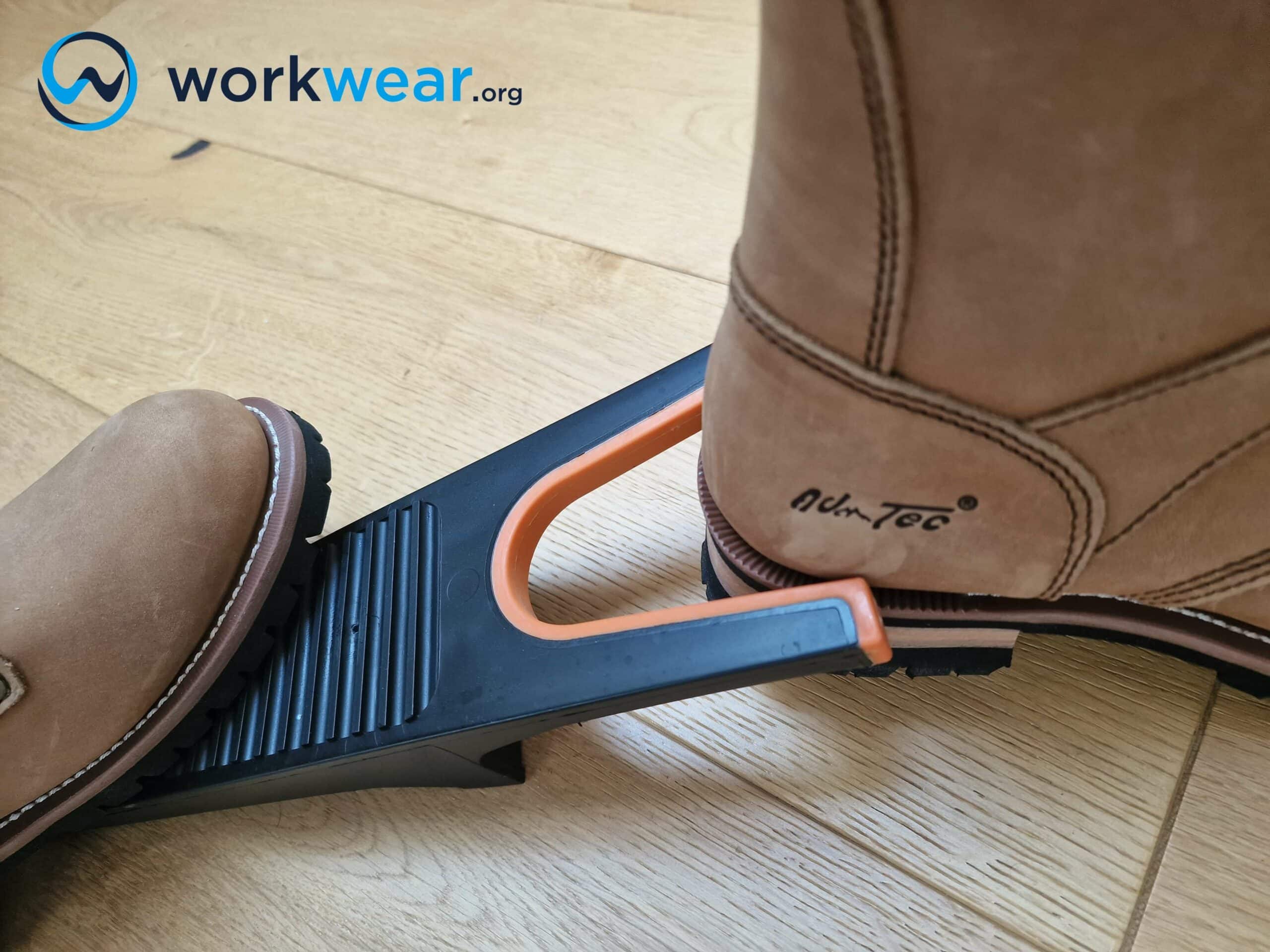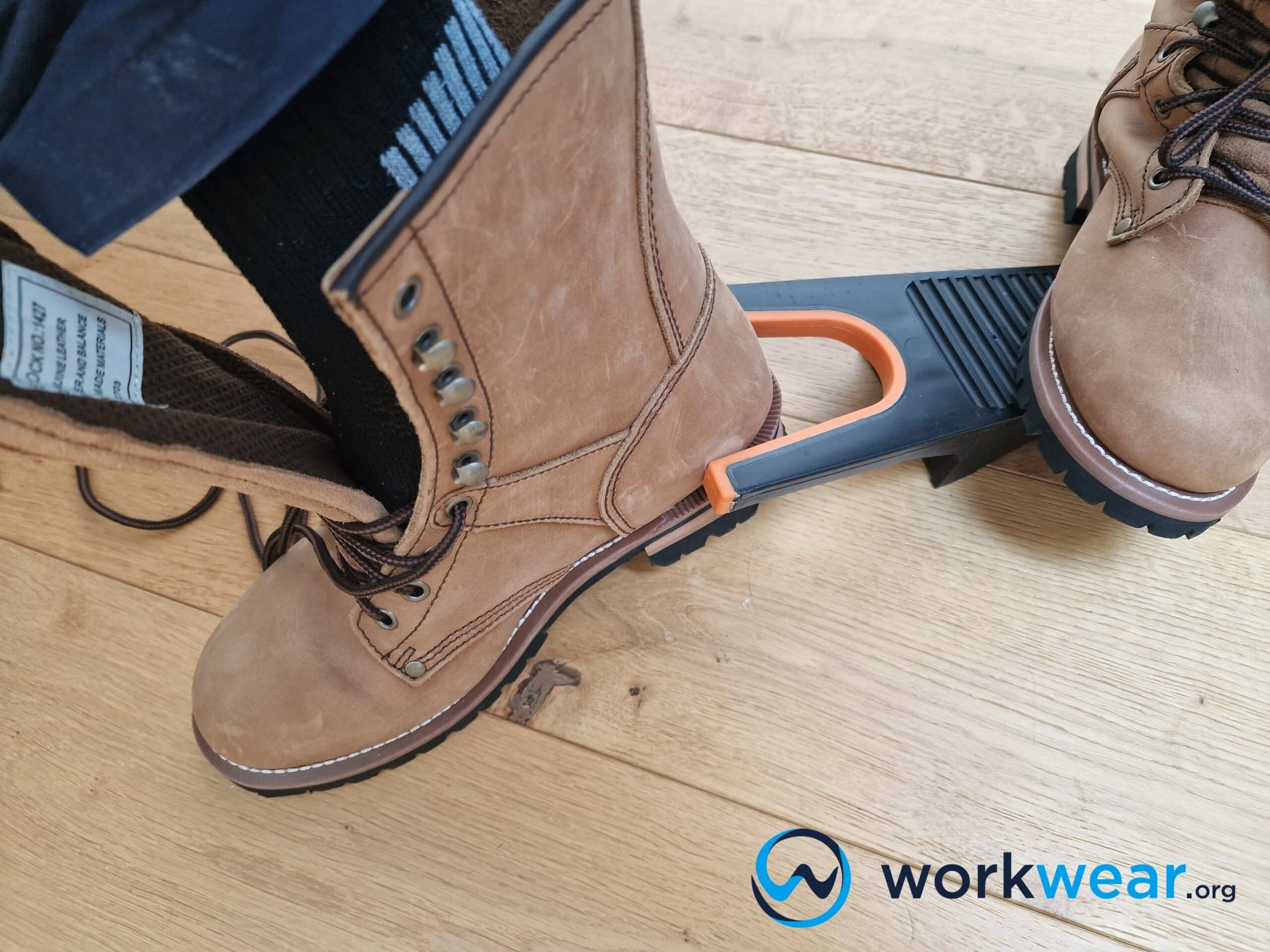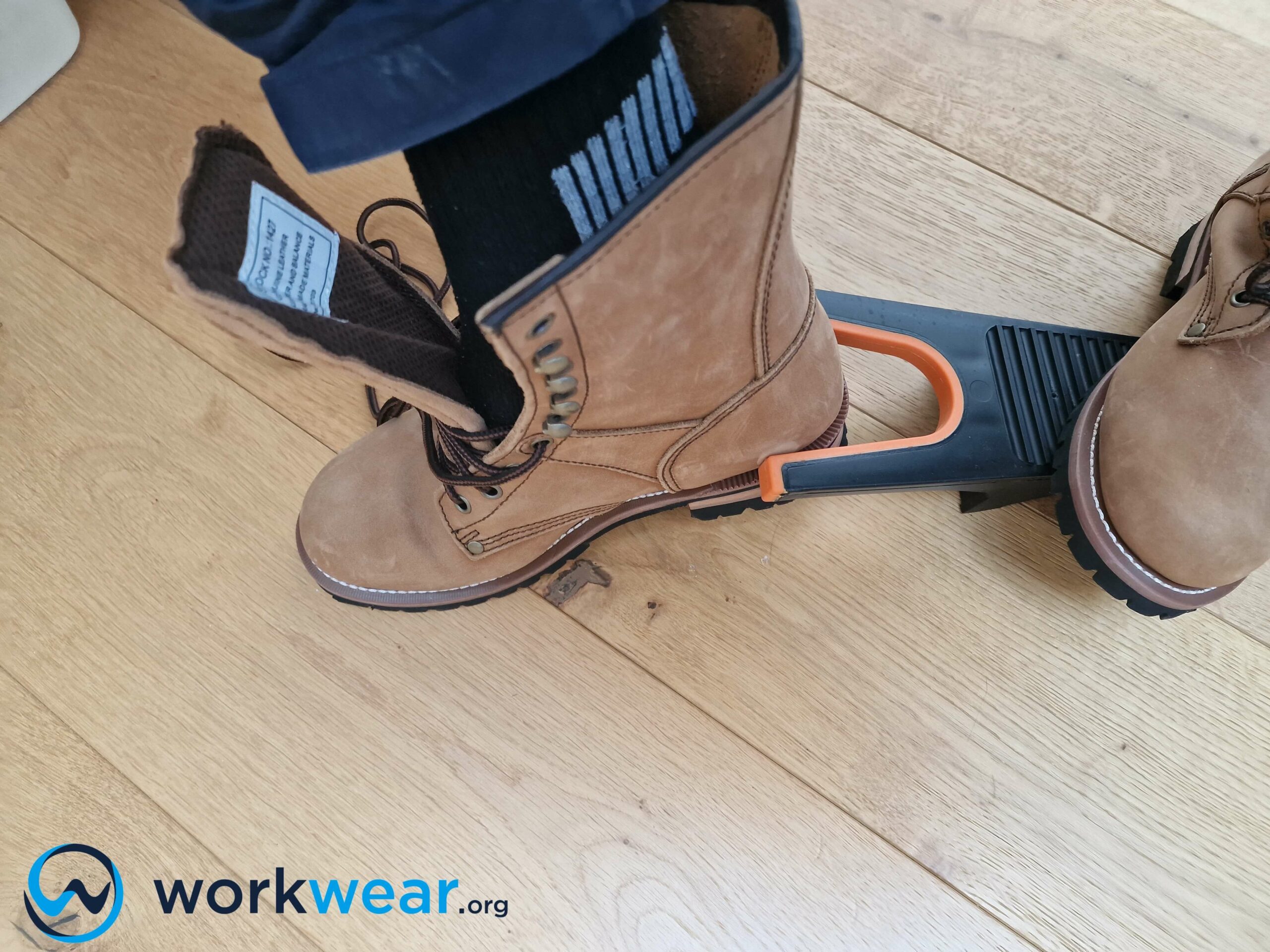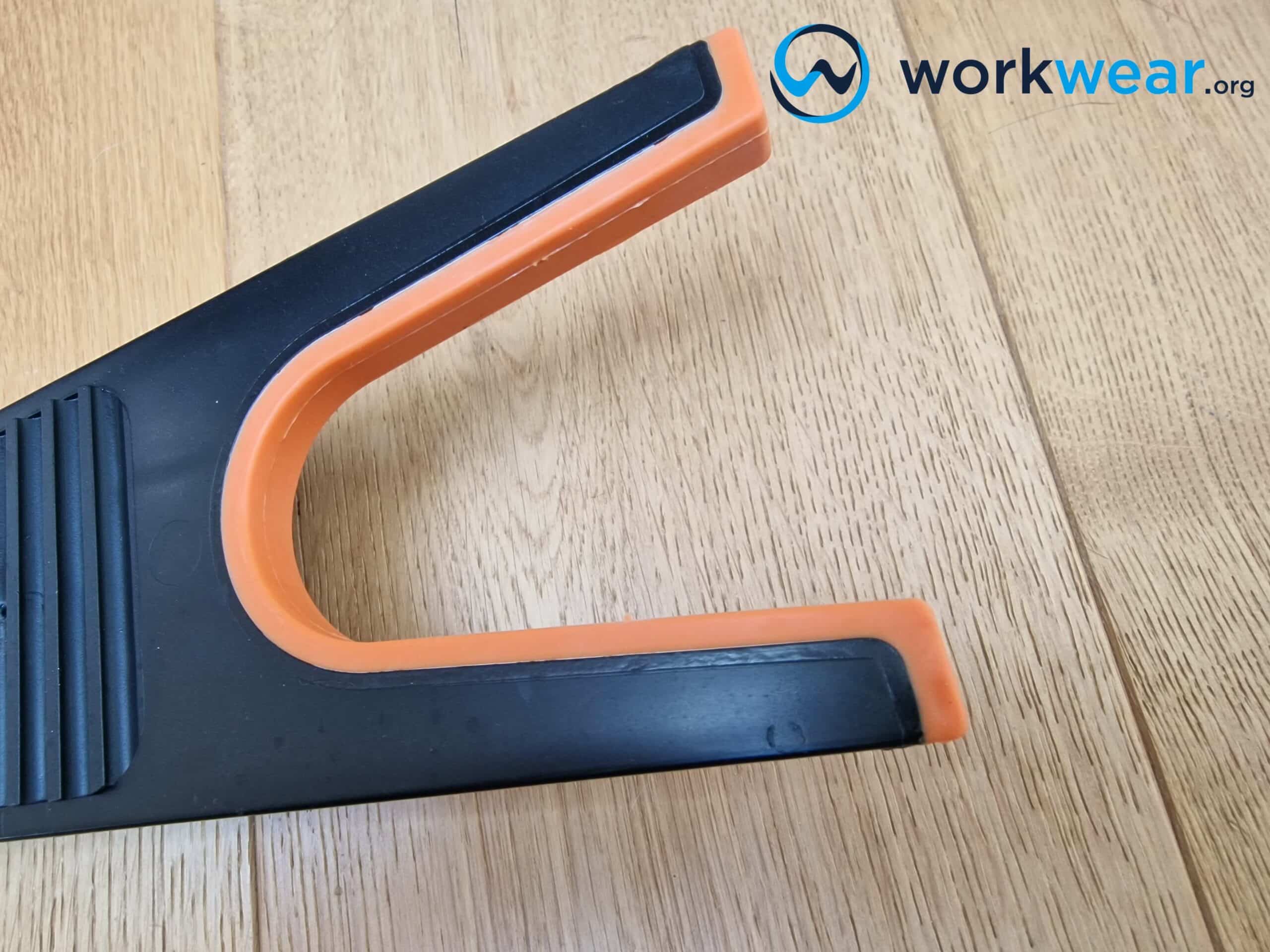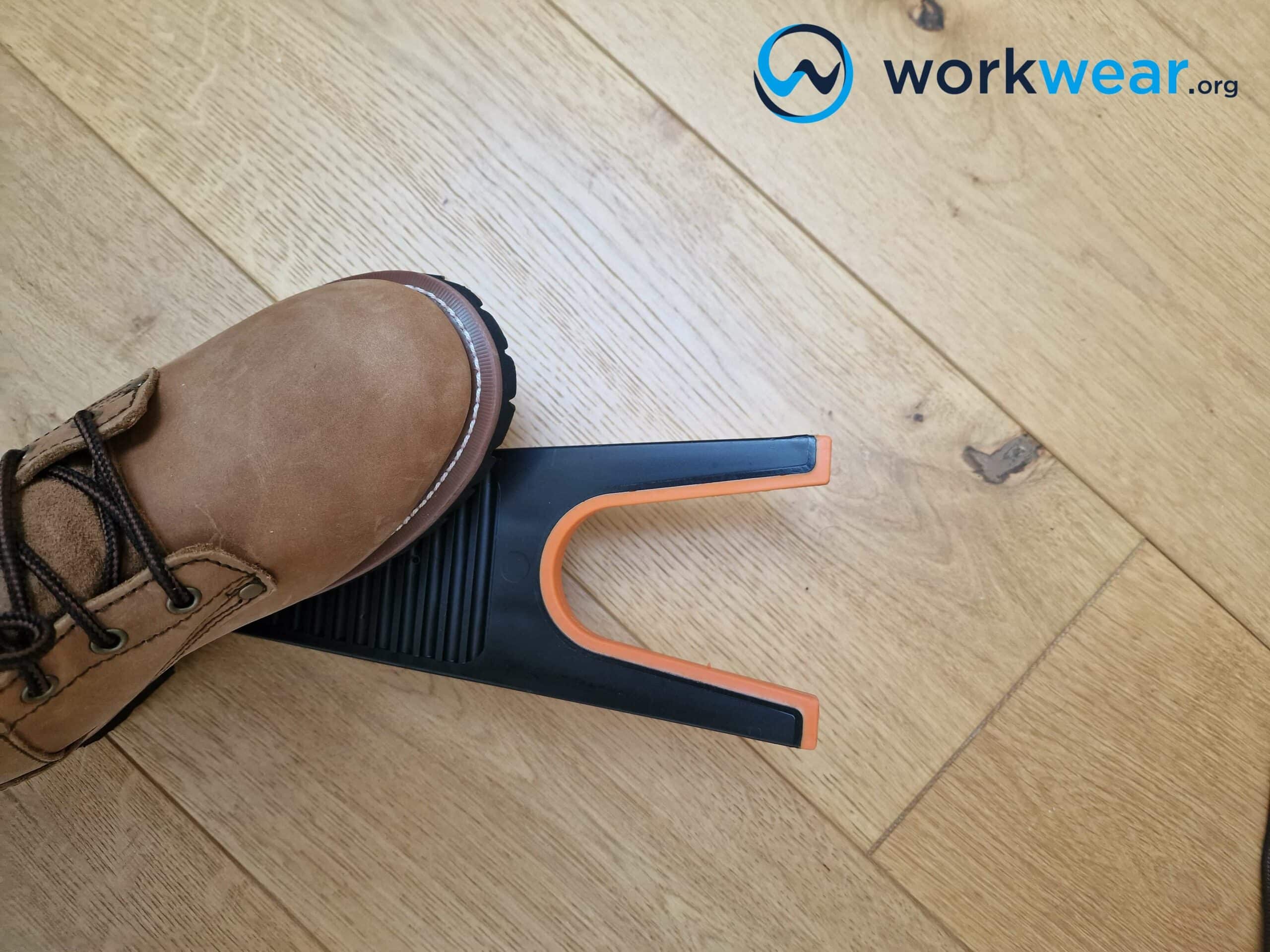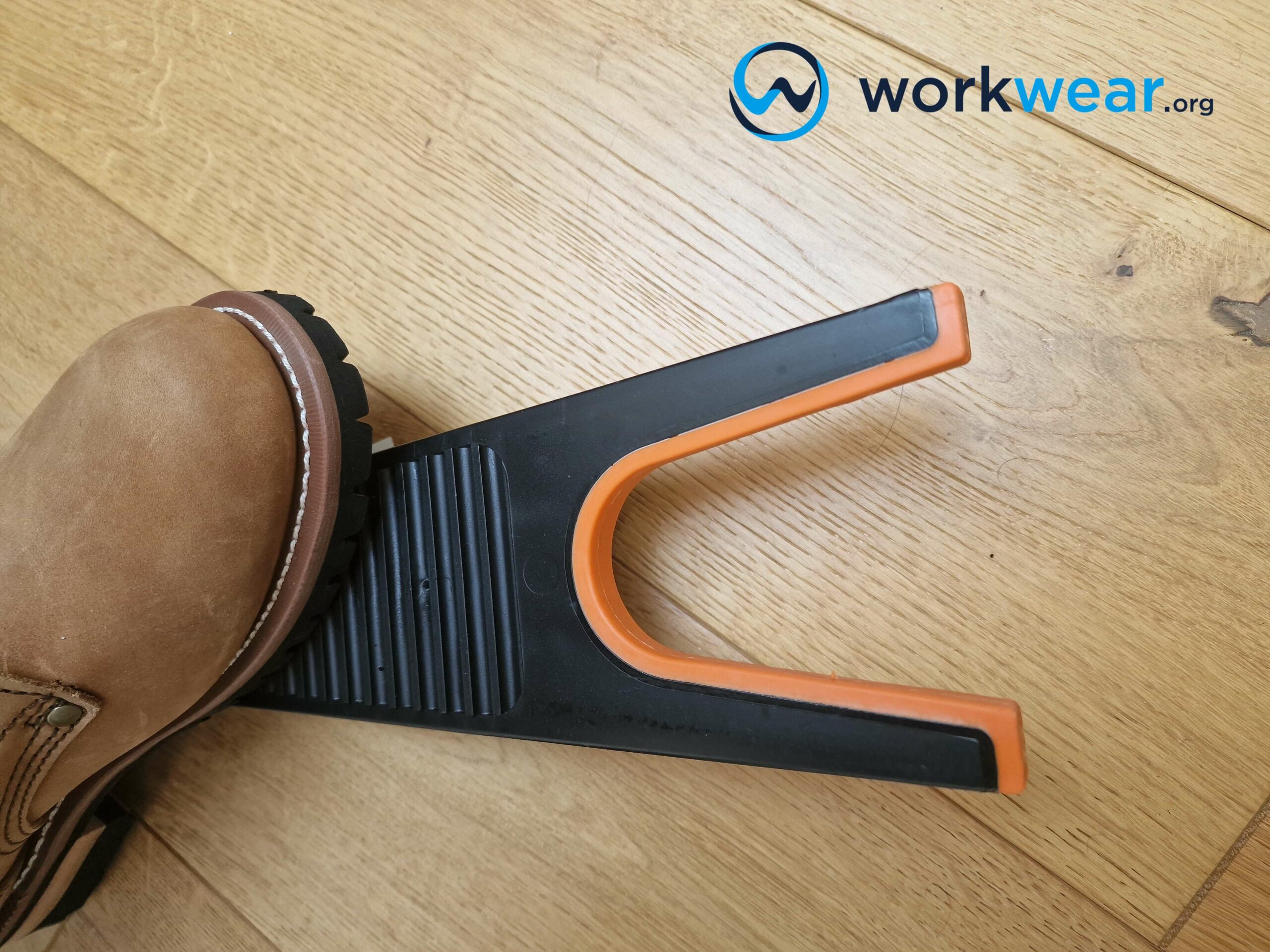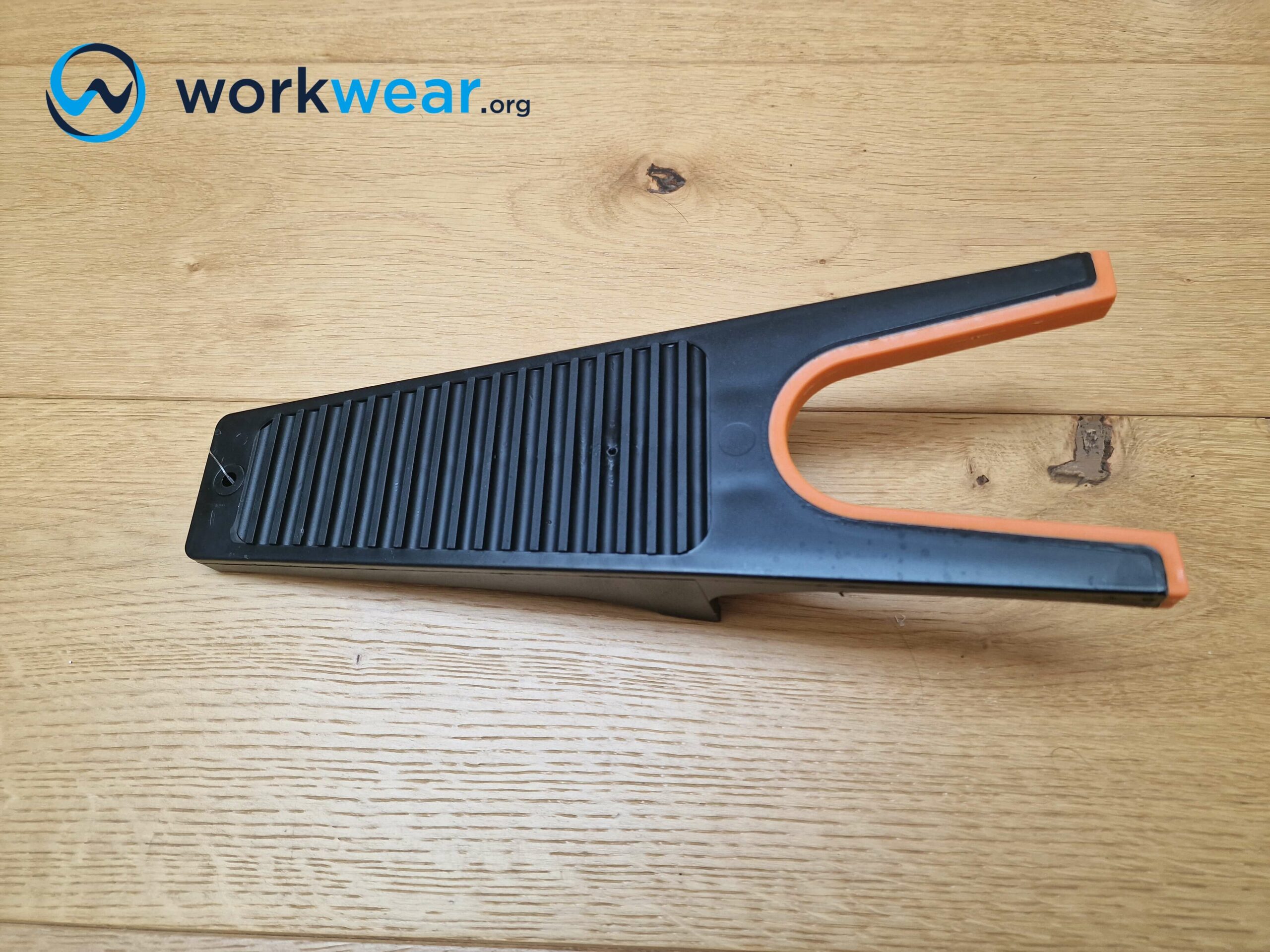What is a Boot Jack? Why to use one and How?
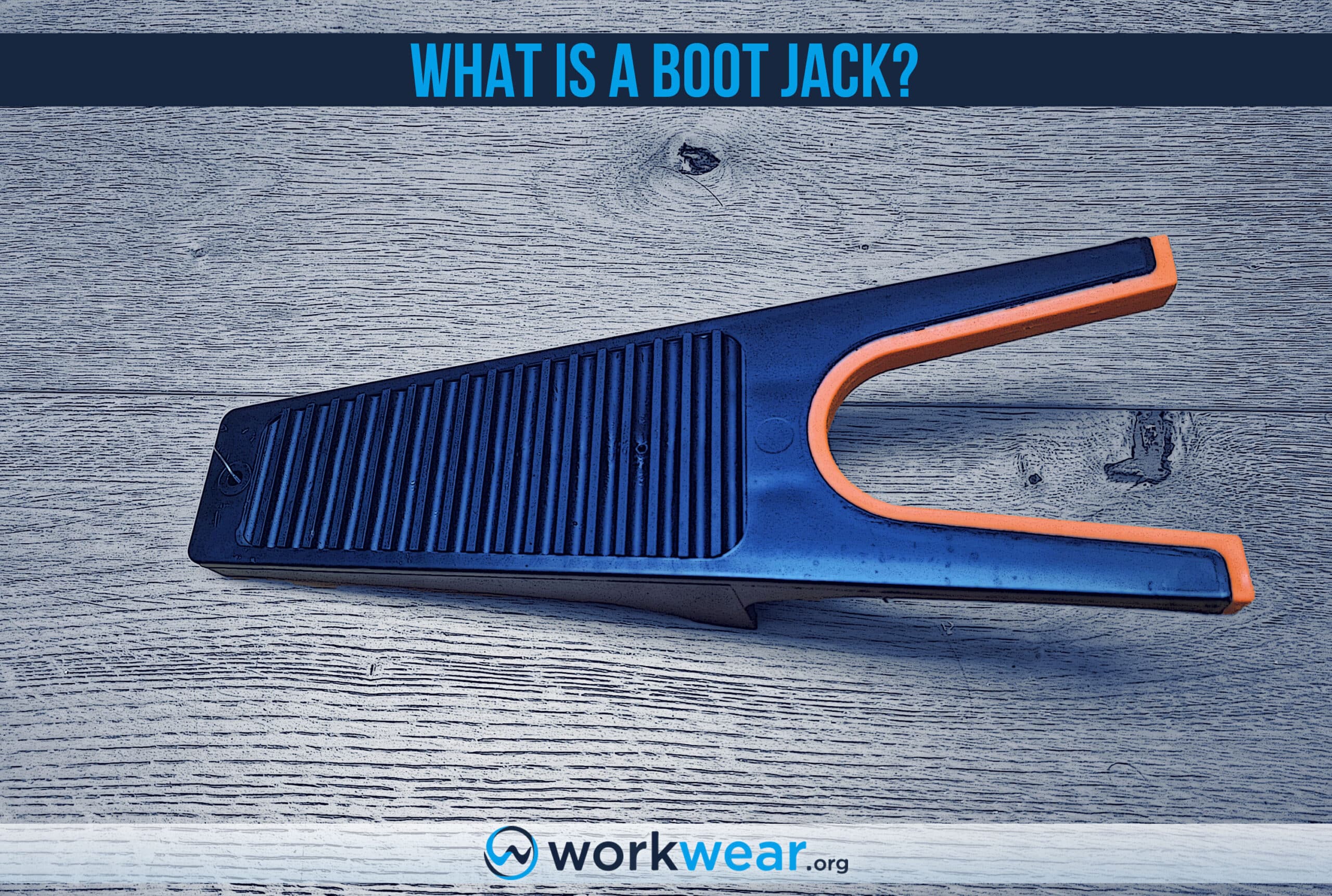
Tall boots are much loved by many because they’re stylish and can instantly boost the appeal of any outfit. They also provide better coverage for the feet and legs, which is a huge plus in challenging settings. However, their extended height comes with its own downsides that can negatively affect comfort and convenience.
If taking off your boots is always a struggle, you might try using a boot jack to make the removal experience less stressful.
Let’s look at the details of a boot jack to better appreciate its unique, reliable performance for hassle-free boot removal.
What is a Boot Jack?
A boot jack is a tool that’s designed to help with the efficient removal of boots. It eliminates the need to exert extra effort by bending down to reach the boots and pulling them off by hand.
A boot jack’s structure consists of two sections that have distinct purposes, although these parts are often fashioned out of a single piece of material (such as wood).
One end has a U-shaped opening that looks like a mouth, and the boot’s heel is fitted and secured.
This section is slightly raised, gripping the boot tightly and providing more leverage than pulling the boot off by hand.
Meanwhile, the other end is flat and designed to be stepped on by the other foot to steady the boot jack. This construction makes it easier for the foot to pull free off the boot in the U-shaped section.
The first known boot jacks were used sometime in the 19th century.
They were often fashioned out of cast metal and took on the shapes of animals or insects.
These designs had intricate details that served specific purposes, such as an insect’s antennae forming the opening to hold the heel in place.
The earliest boot jacks were functional and sometimes used as decorative pieces just inside doorways where they are most often needed.
Nowadays, boot jacks are typically made from metal, plastic, and wood.
How to Use a Boot Jack
- Place the boot jack on the floor.
- Fit the heel of the boot into the mouth or the section where the U-shaped opening is located.
- Using the other foot, step onto the flat portion of the boot jack to hold it in place.
- Raise the foot off the boot, which should still be held firmly in place by the boot jack.
- Take the footwear off the boot jack and do the same steps for the other boot.
What are the Advantages of a Boot Jack?
More efficient way of removing boots
Removing tall boots and other snug-fitting footwear can take a lot of work. Boot jacks are designed to make this procedure much easier and quicker.
They can take off boots more efficiently than by hand, which can also be uncomfortable to manage for some.
Eliminates the need to bend down to remove the boots
Removing tall boots often requires bending down to reach the footwear.
Doing so can be uncomfortable, especially for those with health conditions or mobility problems. Even if the boots can be removed while sitting, this can also involve getting awkward positions just to get the needed leverage.
Boot jacks remove the need to bend or twist the body in unnatural ways when removing boots.
They need to be placed on a flat surface and hold the boot heel securely, enabling the foot to exit easily.
Spares the hands from getting dirty with boot handling
Boots and shoes are bound to get dirty from all the work and other daily activities.
This is especially true for muddy, dusty, or dirt-filled outdoor boots.
When manually pulling the boots off, the hands are exposed to the same unwanted substances that have built up over and around the boots.
Boot jacks protect the hands from exposure to the dirt and bacteria that may have accumulated on the boots for hours.
The hands-free process is hassle-free and spares the hands from getting contaminated by mud, soil, and other elements on the boots’ surfaces.
Can protect the boots from damage
When pulling boots off by hand is difficult, some people use other items to pry off the footwear.
It’s not unheard of for a boot to be wrenched off using the toe of the other boot, and sometimes even doorsteps are used to get footwear off. These options may be convenient, but they can lead to scratches, tears, and other damage to the boots’ uppers and heel sections.
Boot jacks hold firmly to the boots without damaging their materials, enabling them to be removed successfully while protecting their structures.
Stops dirt from being brought in
If boots are too difficult to remove, it may be tempting to leave them on when coming in from the outdoors. However, leaving the boots on can track the dirt onto clean floors, even if it’s just for a few short minutes.
Having a boot jack in strategic areas makes it more convenient to remove the boots, ensuring that the dirt that has built up on their uppers and soles won’t be brought into clean areas.
Can also be used with other footwear
Boot jacks are useful not only for tall boots. They can also be used with other snug-fitting shoes that are challenging to take off without extra help.
Boot jacks are particularly helpful for people who find it difficult to bend to remove their footwear, no matter their style.
They’re handy tools that simplify the boot removal process, especially for shoes and boots that hug the feet snugly in place.
Conclusion
Taking boots off doesn’t need to be such a hassle with the help of a boot jack. Instead of relying on manual power to pry off tight or tall boots, boot jacks offer a more convenient way of removing footwear with almost no effort. Boot jacks can remove boots and other snug-fitting footwear efficiently without straining the hands and requiring the body to bend or twist unnaturally to reach the footwear. They also protect the hands from getting soiled and exposed to bacteria on most of the boots’ components after being used outdoors and in other demanding settings. In addition, boot jacks prevent dirt from being tracked into clean indoor floors and help protect the heels and uppers against damage from excessive pulling.
FAQ's
- Can boot jacks help with removing low-cut shoes?
- Yes, boot jacks can also help remove low-cut footwear, especially those that are snug-fitting and challenging to remove.
- Are boot jacks ideal only for leather footwear?
- No, they can also be used with tall rubber boots or Wellingtons that can otherwise be quite difficult to pull off using just the hands.
- Why is the U-shaped part of the boot jack positioned higher than the flat part?
- The mouth or U-shaped portion of the boot jack is elevated to accommodate the heel of the boot, which needs to be secured to make removal much easier.
- Are boot jacks durable?
- High-quality boot jacks made with wood and metal are built to last long, with some options even retaining their good looks and function long enough to be passed on to the next generation.
